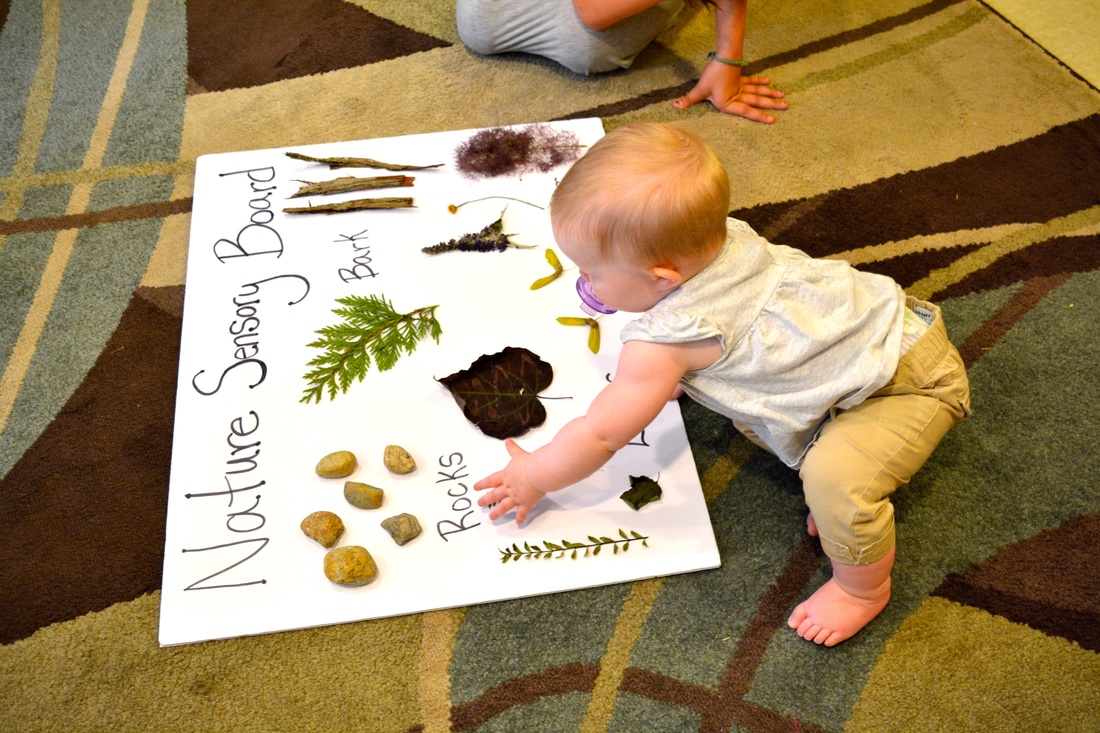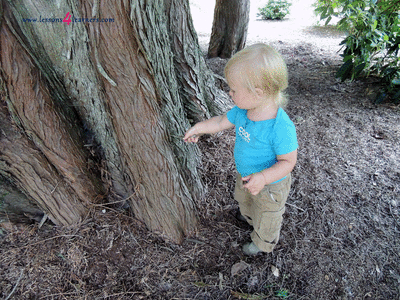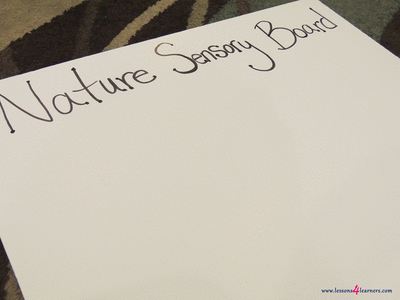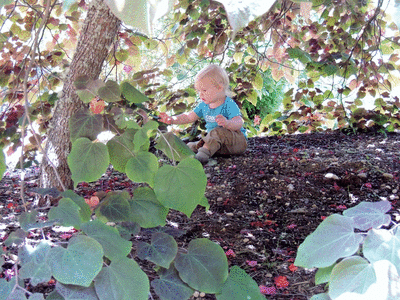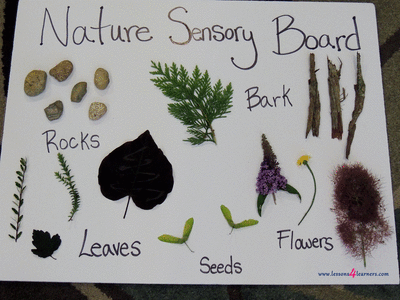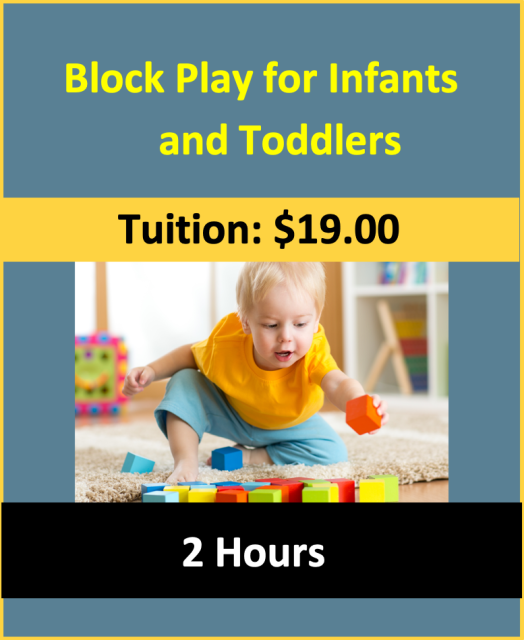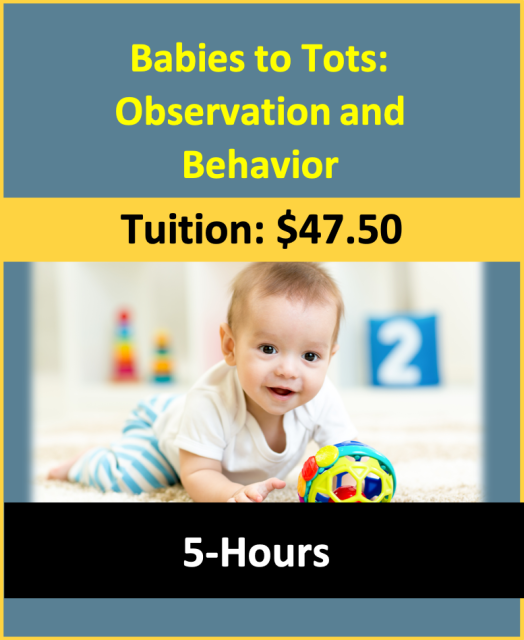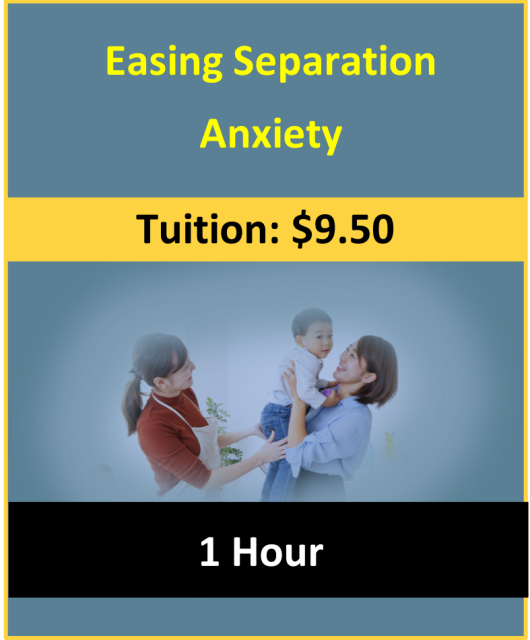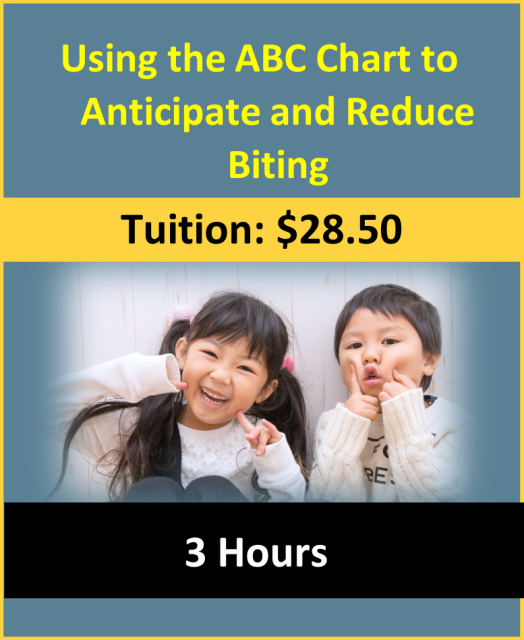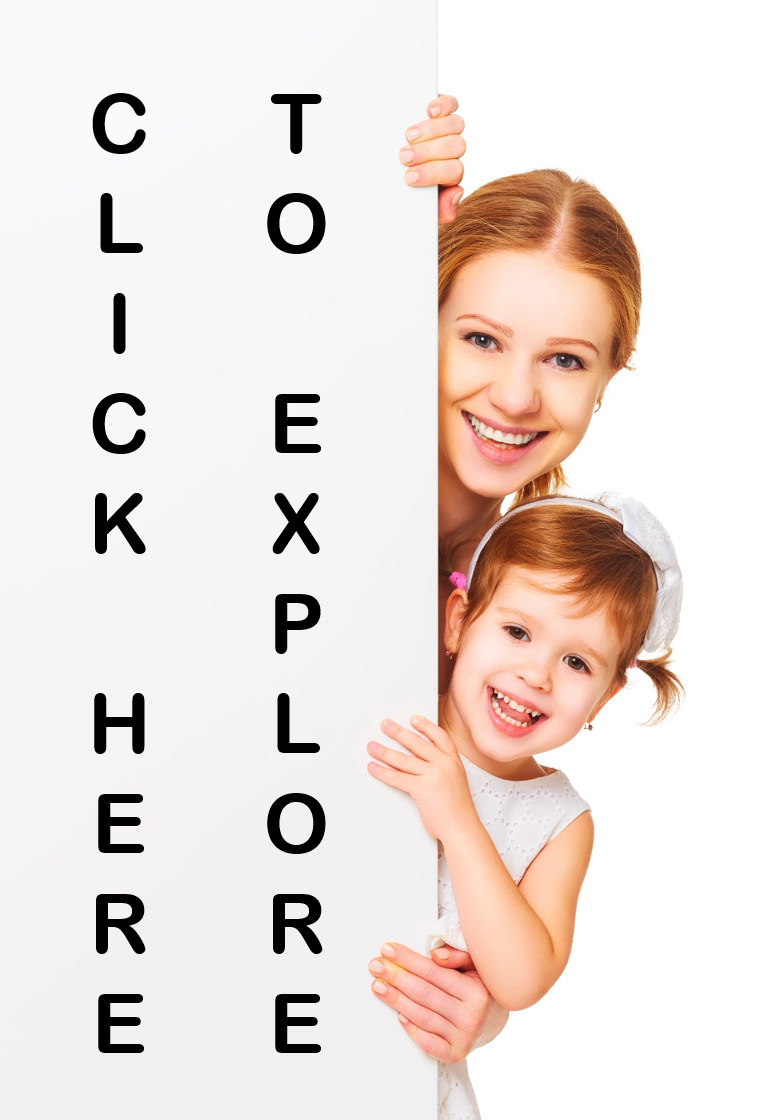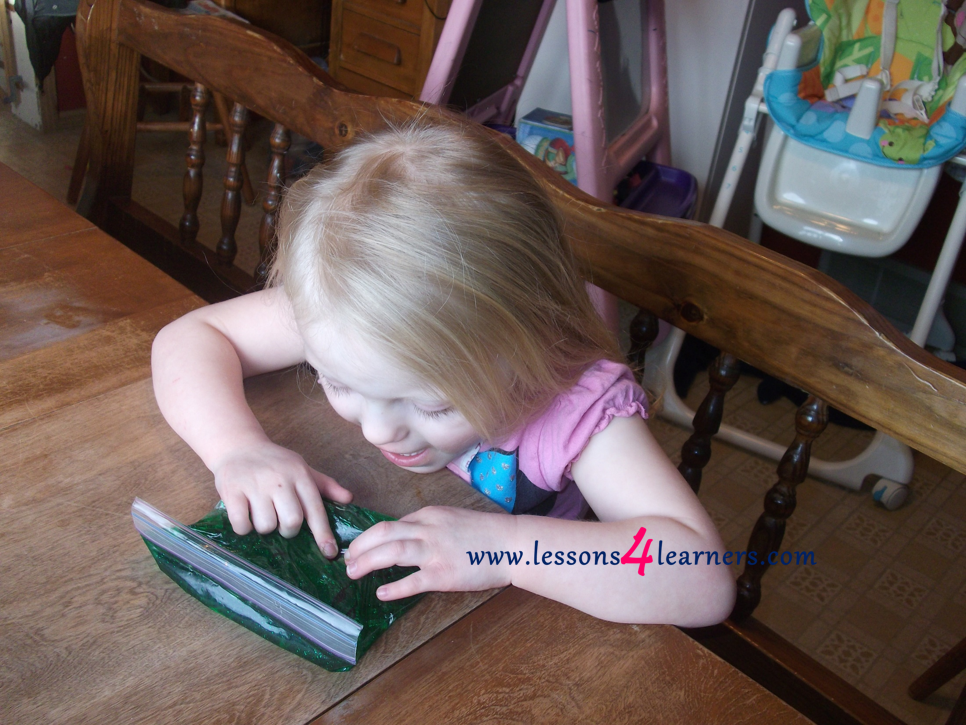Nature Sensory Board
Lesson Plan:
|
Activity:
Nature Sensory Board
Lesson plan developed by Ms. Erika Geelhoed, BA Ed
Age Group:
* Lesson plan objective and assessment can be adapted to use this activity with toddlers or preschoolers.
Objectives:
Children will:
I.3.2b
|
|
Materials:
Procedure:
**Be sure to monitor children as they are playing. While the items should be glued securely, there is always the chance that they could come loose and become a choking hazard. |
Assessment:
- Observe and record the children during the activity. How did they react to the various textures? Did they attempt to repeat any of the vocabulary words you presented? Take pictures throughout the activity, including the nature walk. You can put these photographs in their portfolios as documentation and/or send them home to show families what happened that day.
- Observe and record how the children react to the different textures and smells.
Note: Please provide appropriate supervision to the children in your care when completing all activities. You will need to decide what types of activities are safe for the children in your care. Appropriate and reasonable caution should be used when providing art and sensory experiences for children. Infants require special caution, only use non-toxic materials, and do not allow infants to put things in their mouths that are a choking hazard.
Click on the course icon for enrollment information.
Sensory Alternatives for Textures
|
Even before children can speak, they are developing an understanding of things in their environment by actively exploring them with all their senses. As they become more verbal, they are able to describe similarities and differences in what they see, hear, taste, touch, and smell. For example, each time a child explores sand, he is confirming his previous explorations and discoveries that sand is dry, gritty, and so forth, and he will eventually notice other materials that share those same characteristics. As they directly experience things themselves, children explore and communicate preferences, making sense of the world around them. For instance, they discover that they enjoy the feel of dry sand or that they have an aversion to slimy things. When caregivers acknowledge and accept their preferences, children learn that their feelings and decisions are valid.
|
It’s very common for young children to display an aversion to one texture or another, either due to discomfort or lack of exposure to the material in a comfortable setting. Here are some alternatives to consider for supporting children who are uncomfortable with the texture or consistency of a material:
Resealable plastic bags:
It can be particularly helpful to place messy, sticky, or gooey substances in resealable bags if infants and toddlers are not yet comfortable with or able to choose whether or not to touch the material with their hands or feet.
Tools for manipulating sensory material:
Providing tools is a very nonthreatening way to allow children to explore a texture they are not yet comfortable touching directly. Tools you might include are brushes, scoops, funnels, sponges, whisks, and cups.
It can be particularly helpful to place messy, sticky, or gooey substances in resealable bags if infants and toddlers are not yet comfortable with or able to choose whether or not to touch the material with their hands or feet.
Tools for manipulating sensory material:
Providing tools is a very nonthreatening way to allow children to explore a texture they are not yet comfortable touching directly. Tools you might include are brushes, scoops, funnels, sponges, whisks, and cups.
